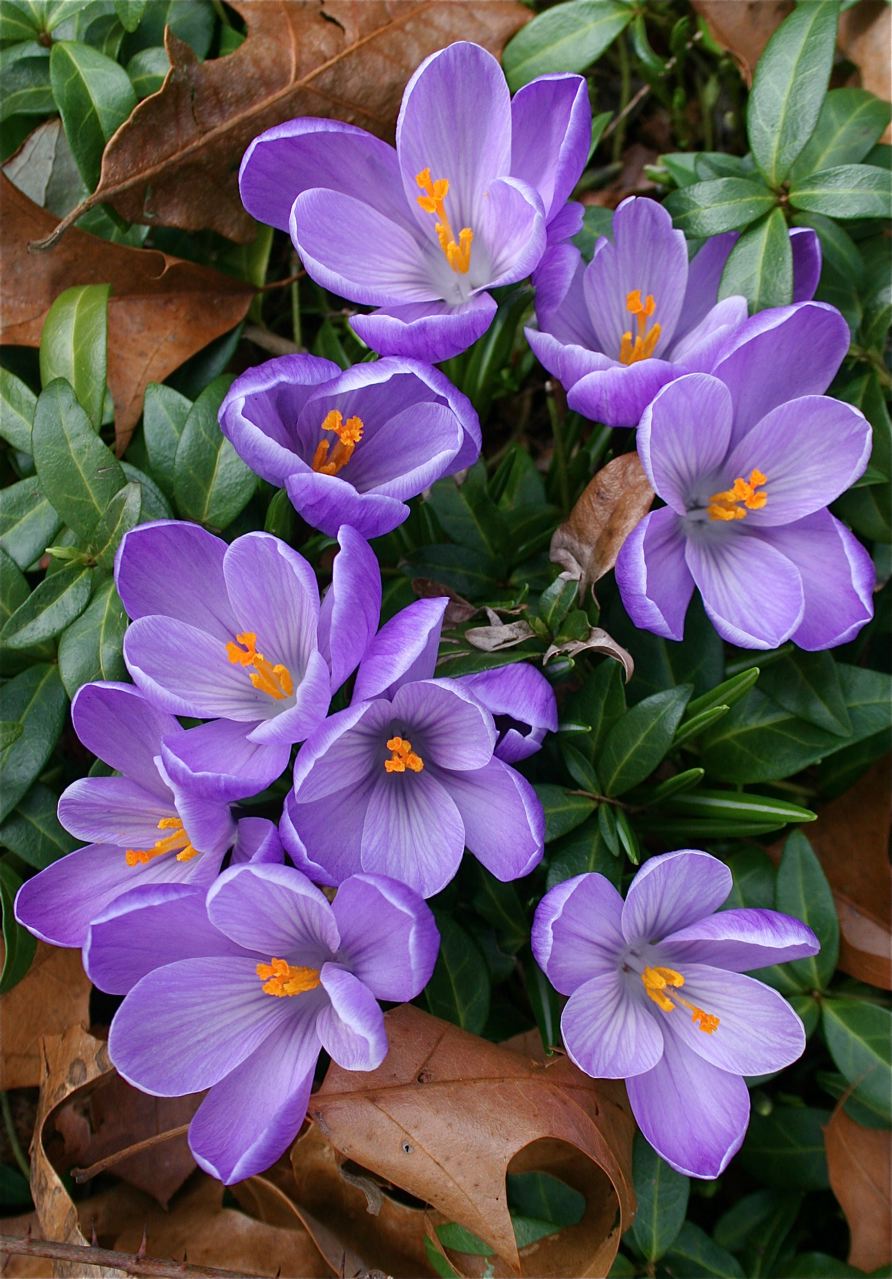Happiness is living in woods that are full of Cranefly Orchids! Of course, the flower stalks in summer are so thin, and the tiny pale flowers so difficult to spot, it's hard to remember they are growing all around you. The leaves don't come out until winter, when you must look for the pointy green leaves poking out of the deep fall leaf litter. You won't see the beautiful color of the back of the leaves because it doesn't show. (Be sure to flip a leaf to see it!) In short, no matter how many plants are growing in the woods, most people (me included!) usually walk right past them year round.
Still, both phases of the Cranefly Orchid are beautiful and worth the effort to find them. Last week I decided to draw this nice patch of plants (each plant is one leaf, with one flower stalk to follow) that I found. It was in a tricky spot on a steep hill, with a wild grapevine growing through. The tendrils of the grapevine had pulled down last summer's seed pods. I thought it a lovely "still life," so I settled down to work in the afternoon sun. Chilly air swirled in the woods, so the sun on my back felt heavenly. Daisy and Dukie sat nearby, protecting me. Ha! They were mostly waiting for me to remember the dog treats in my pocket. We stayed for about an hour, with me getting this sketch right, and the pups getting an occasional treat for good behavior.
Back in the studio I worked to find the right color to put on the upturned edges of the wrinkled leaves (I saw one little lip, and took artistic license to add more). In the woods they look as purple as can be, but by actually cutting a leaf to bring in, I saw that neither the reddish purple nor the blueish purple were correct. In the end a mixture of the top purple and burnt umber gave me a decent color match. (bottom color)
Any time now, as our planet moves a bit more around the sun and gives us true spring, the Cranefly Orchid leaves will start to wither, and flower stalks will think about shooting skyward. As for me, I plan to tag the spot where these leaves are so I'll know where to find the summer flowers.
Work in progress
Stalk 15" to 18" each flower the size of your pinkie fingernail.
















































